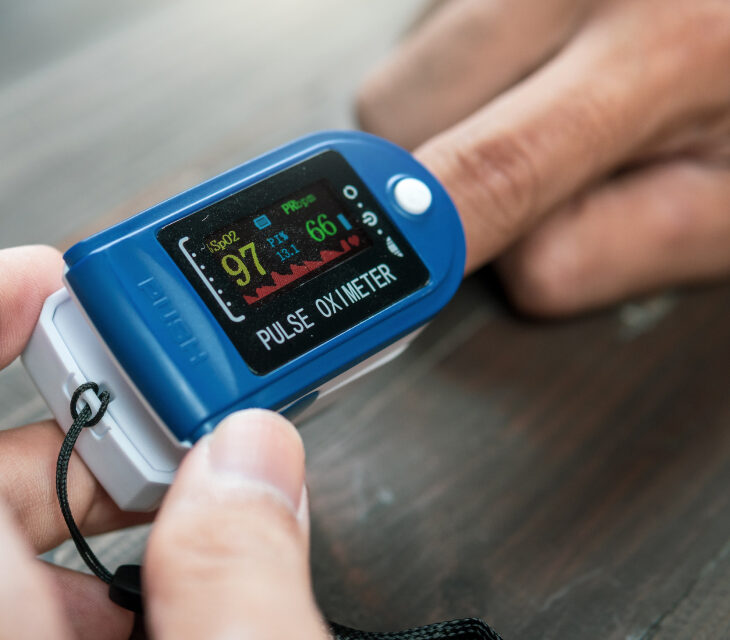MHRA Guidance on New Medical Devices: Post-Market Surveillance Requirements
This article explores the key updates in the MHRA’s PMS regulations, their impact on manufacturers and distributors, and the steps businesses must take to ensure compliance. Whether you are a medical device manufacturer, healthcare professional, or industry stakeholder, understanding these new requirements is essential for maintaining regulatory approval and upholding the highest safety standards.
Let’s dive into the details of the MHRA’s new post-market surveillance framework and what it means for the future of medical device regulation in the UK.

What is Post-Market Surveillance (PMS)?
Post-market surveillance refers to the continuous monitoring of medical devices after they have been placed on the market. It helps identify potential safety issues, track device performance, and ensure compliance with regulatory standards. The MHRA’s new guidance aligns with the UK Medical Devices Regulations 2002 (as amended) and introduces stricter requirements for data collection, reporting, and corrective actions.
Key Updates in MHRA’s PMS Guidance
- Enhanced Reporting Obligations
Manufacturers must now implement robust PMS plans that include proactive data collection, trend analysis, and risk assessment. They are also required to submit Periodic Safety Update Reports (PSURs) for certain device classes.
- Risk-Based Approach to Surveillance
Devices with higher risk profiles, such as implantable or life-sustaining products, must undergo more frequent and detailed evaluations. The new framework mandates clear procedures for risk mitigation and reporting adverse incidents.
- Faster Response to Safety Issues
Under the updated guidance, manufacturers must act promptly on adverse event reports and field safety corrective actions (FSCAs). Delayed reporting or failure to comply with PMS requirements can lead to enforcement actions, including product recalls or penalties.
- Greater Accountability for Economic Operators
Distributors and importers are now required to actively participate in post-market surveillance by maintaining detailed records, reporting issues to manufacturers and regulators, and ensuring proper device traceability.
Why This Matters for Medical Device Companies
Compliance with the new PMS requirements is crucial for maintaining UK market access. Companies must update their regulatory strategies, improve data collection processes, and establish efficient reporting mechanisms to align with the MHRA’s expectations.
How to Prepare for the Changes
- Develop a Comprehensive PMS Plan: Establish a system for continuous data collection, analysis, and risk management.
- Ensure Timely Reporting: Meet the new deadlines for PSURs, incident reporting, and FSCA submissions.
- Train Your Team: Educate staff on the latest MHRA requirements to ensure compliance across all levels.
- Leverage Technology: Use AI-driven analytics and real-time monitoring tools to enhance post-market surveillance efficiency.
Final Thoughts
The MHRA’s updated PMS guidance represents a significant shift in medical device regulation, emphasizing patient safety, transparency, and proactive risk management. Manufacturers and stakeholders must stay informed and adapt quickly to remain compliant in the evolving regulatory landscape.
Link to the document:
For the full MHRA guidance, visit the official UK Government website.